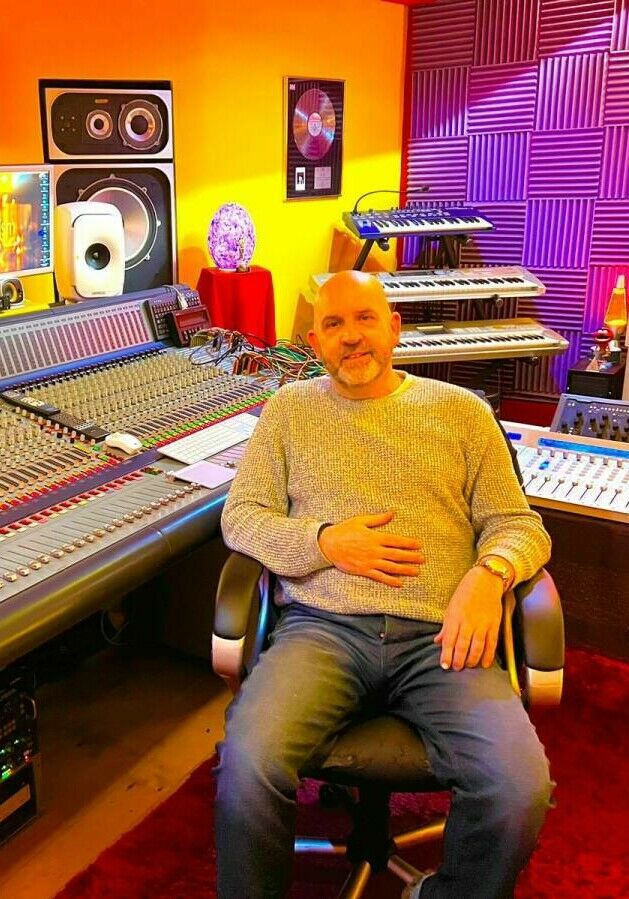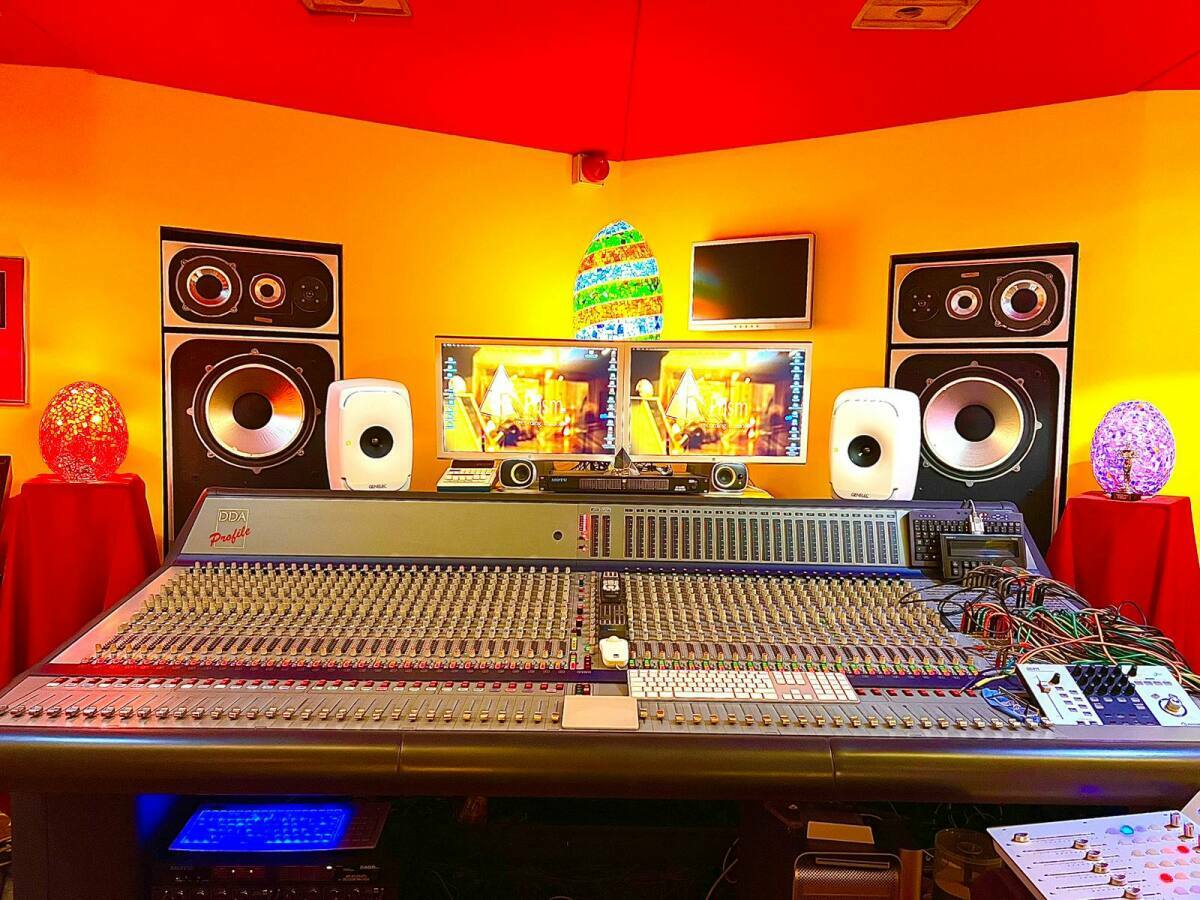Shaun Lowe, owner and engineer at Stoke-on-Trent-based Prism Studios, explains why Genelec’s 8341A studio monitors made him abandon his old setup from the first listen…
Prism Studios has been open 33 years this year. The interesting thing about the building is that the studio is housed underneath what used to be a British Telecom repeater station, which is a bit like a telephone exchange. I’ve always had a state of the art setup here, but something had been niggling at me about my monitors for a while...
Now, I've used pretty much every monitor from the early days, including the NS10s, which I used for years, and they were great, but they were only great because the old studio wasn't a tuned room. There was a resonant frequency of about 82 Hz – so quite a vicious one! But it made the NS10s sound like they had a sub behind them, which of course they hadn't.
Fast forward to a few years ago: I was browsing a Hi-Fi shop and I came across some other studio monitors, completely by accident. I put a track on (I have a test track that I use when I'm working in other studios), which is Seven Days by Sting, engineered by Hugh Padgham. It sounded great and I bought them and used them in my studio for three or four years.
Recently, however, I had the opportunity to try out Genelec’s 8341A point source monitors. It’s always good to try different things, although I convinced myself they weren't going to be anywhere near as good as my other monitors because I just fell in love with them.
Long story short, I managed to put them side by side and do an AB of Seven Days. I heard them through my existing monitors and thought, “Yeah, that's the sound!” As soon as I hit the monitor A button which put the Genelecs on, it was like someone turned the speakers around – that's the only way I can describe it.





